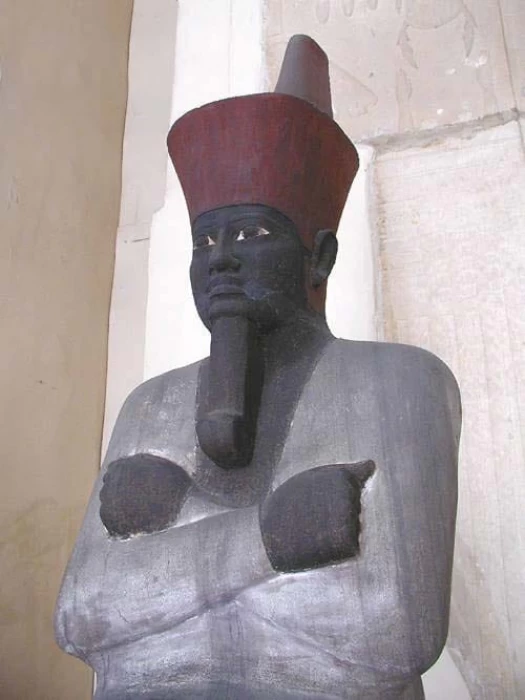
King Mentuhotep II | Last King of the 11th Dynasty
Last King of the 11th Dynasty
King Mentuhotep is an ancient Egyptian king who ruled in the period (2061 - 2010 BC), and the meaning of his royal name is (the god Montu is satisfied), also known by the coronation title Neb-Hept-Ra (the rudder of Ra), he succeeded his father Intef III on the throne and was succeeded by his son Mentuhotep III. Founder of the Eleventh Dynasty, he is credited with reunifying the country after the end of the turmoil of the First Decline and became the first Egyptian king in the Middle Kingdom, and his reign lasted 51 years according to the Turin King List.
He ruled the throne of Egypt in Thebes, Upper Egypt, during the First Intermediate Period. Egypt was not unified at that time, and the Tenth Dynasty preceding the Eleventh Dynasty of Mentuhotep ruled Lower Egypt from Herakleopolis. After the kings of Heracleopolis abused the sacred royal tomb at Abydos in Upper Egypt in the fourteenth year of the reign of Mentuhotep II, Mentuhotep II sent his armies north to conquer Lower Egypt.
Continuing the campaigns of his father, Intef III, Mentuhotep succeeded in unifying his country perhaps before the end of his thirty-ninth year on the throne. After recognizing the unification in the 39th year of his reign, he changed his title to Sama-Tawi (Unifier of the Two Lands).
Mentuhotep II reformed the Egyptian government as soon as he completed the unification of the country. He abolished the decentralization of power that had contributed to the collapse of the ancient state and was a hallmark of the first transitional period by stripping regional governors of some of their power and centralizing government in Thebes. He also created new government positions that were filled by loyal Theban men, giving the king more power over his country.
Mentuhotep II was buried in the Theban necropolis at Deir el-Bahri. His funerary temple was one of his most important architectural projects, as it included many architectural and religious innovations.
The statue of Mentuhotep II on display at the Egyptian Museum was carved to represent him life-size, sitting on a cube-shaped throne wearing what looks like a short white cloak associated with the silver jubilee celebrations of sitting on the throne, in which the king's power is renewed, and the king wears the red crown of Lower Egypt The red crown of Lower Egypt, the statue was colored black, and this color was combined with the placement of the king's arms crossed over his chest in the Osirian position, as well as the curved divine beard, the artist directed the statue with a solid build, full legs and feet.














